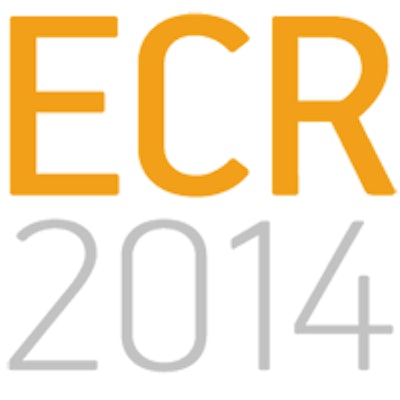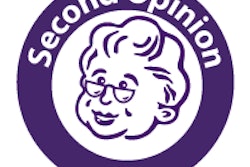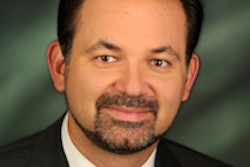
VIENNA - Opportunistic screening accounts for nearly a quarter of all referred mammograms in the Netherlands. And contrary to expectations, there is no difference among age groups, delegates at ECR 2014 learned on Friday morning.
In the Netherlands, women younger than 50 do not participate in the country's national breast cancer screening program. The centrally organized program invites all women ages 50 to 75 to participate every two years. The fact that women younger than 50 have not been included has garnered a lot of attention from the Dutch press, with a call to action and media outlets urging women to ask for a mammogram if they want one.
This type of screening -- i.e., for women who have found their way to mammography outside the population-based program -- is called opportunistic screening, according to Ellen Paap, PhD, from the National Expert and Training Center for Breast Cancer Screening.
"In the Netherlands, no information is available about opportunistic screening, not for women under 50 or for women invited for screening," she told attendees at the packed session.
Therefore, Paap and colleagues conducted a study to compare the demands and indications for opportunistic breast cancer screening between these two groups: women who are included in the Dutch breast screening program and those who are not invited for screening.
The study was performed at the radiology department of the Academic Medical Center in Amsterdam, and a sample of 1,000 mammograms was used: 500 in the 40 to 49 age group and 500 in the 50 to 59 age group. The mammograms had been performed between January 2006 and May 2011.
All patients included in the study were referred to the center by their general practitioner. The indications for referral were taken from medical records and included reasons such as a breast lump, nipple discharge, or unilateral breast pain; these were classified as diagnostic screening. Indications such as fear or bilateral unlocalized pain were classified as opportunistic screening and accounted for 26% of all referrals.
There was no difference in the proportion of opportunistic screening in both age groups (28% versus 25% in the 40 to 49 age group and 50 to 59 age group, respectively), the researchers found. Diagnostic screening showed similar results (65% versus 68%).
In addition to the 1 million mammograms in the organized screening program, approximately 380,000 mammograms are taken in the hospital each year, Paap said.
"If you would extend our results to the complete country, this would indicate a total of 100,000 mammograms for opportunistic screening each year," she said.
This is comparable to the complete cohort of initial screens within the breast cancer screening program.
"This is a rough estimate of the extent of opportunistic screening in the Netherlands, but it shows there is a considerable phenomenon to cope with," she added. "It places the screened and nonscreened populations in a different context."



















